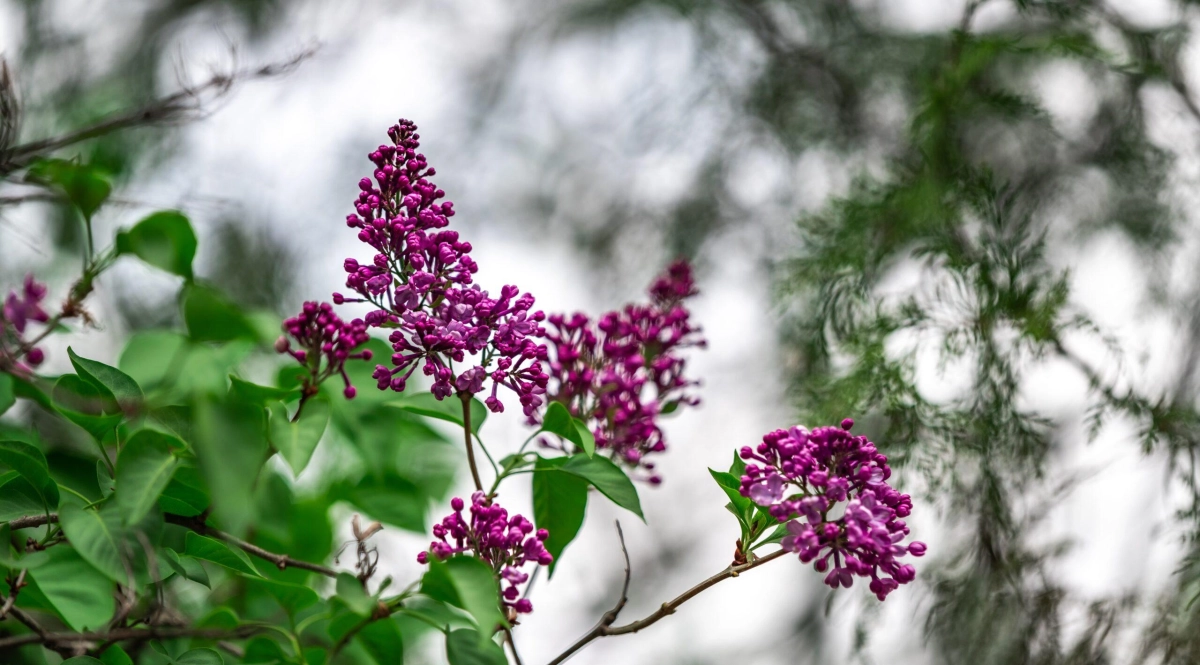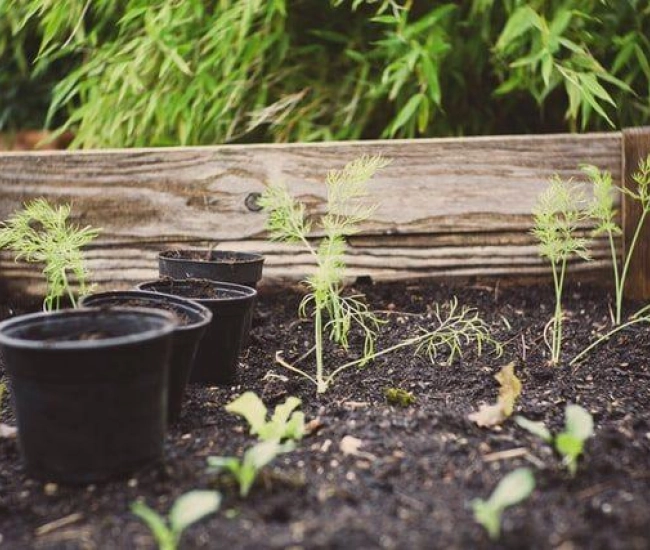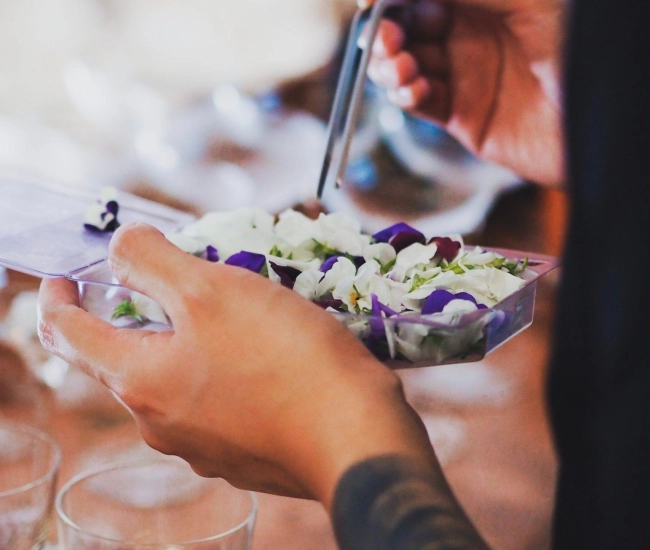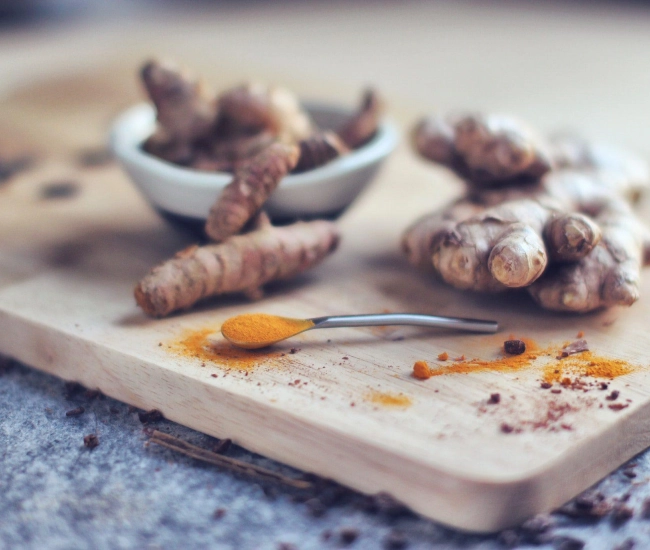
Nature is beautifully made! Phenological indicators are a more than interesting example of this. Phenological indicators are actually cues that nature gives us to indicate that it is time to perform certain actions in the garden. As the temperature varies greatly from one year to the next, they are often even more reliable than our calendars. They are very useful when it comes time to know when to plant what in the vegetable garden. Here are some examples:
Are you ready to make your first lawn mowing?
This indicates that the soil has reached about 6 degrees. You can therefore plant or sow certain vegetables and herbs that are not afraid of the cold:
- Onions and green onions
- Leeks
- Radishes
- Spinach
- Lettuce
- Parsley
Is your apple tree displaying its magnificent spring flowers?
Consider that the soil is around 12 degrees and you can add other species to your vegetable garden:
- Carrots
- Beets
- Swiss chard
- Cabbages
- Potatoes
- Celery
Are the lilacs showing their first buds?
This means the soil is about 18 degrees. You can then plant in your vegetable garden the following:
- Beans
- Tomatoes
- Peppers
- Cucumbers
- Zucchini
- Basil
Pay attention to the signs: plants rarely make mistakes. Follow the indications they give you, and you will not go wrong.
Tips and advice



